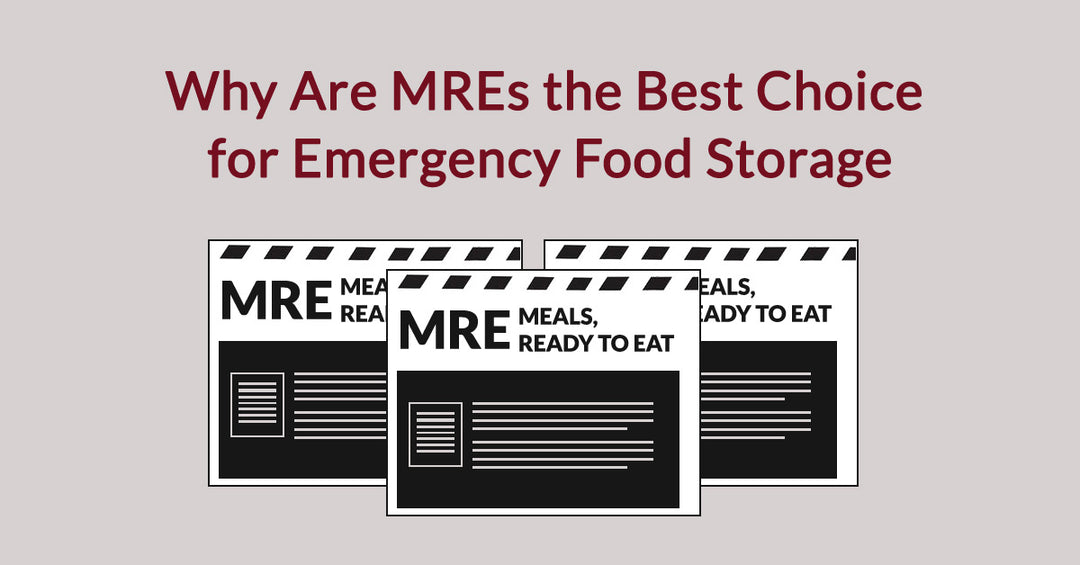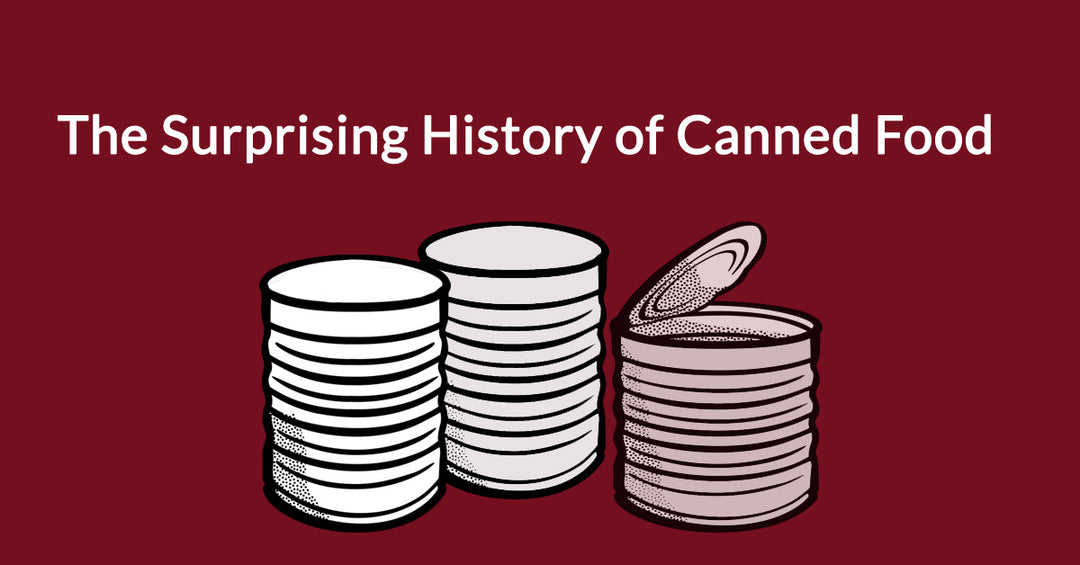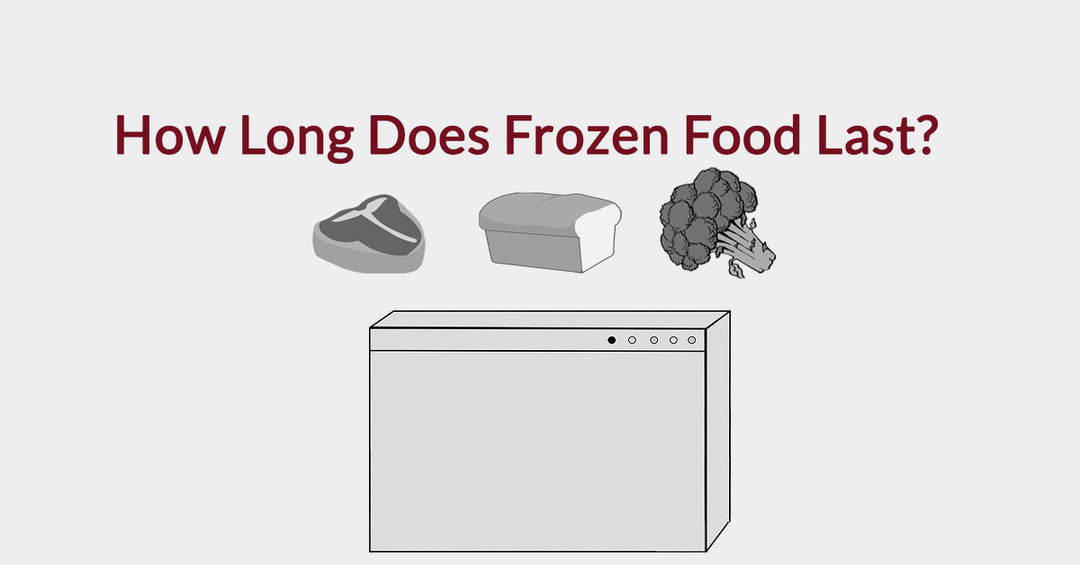Currently we are 100 seconds to midnight — the closest we've ever been on the dooms-day clock

Huge disasters tend to bring with them equally momentous warnings. For example, most people have felt the air take on a different quality when a powerful thunderstorm is about to take form, and small tremors tend to serve as a warning of major earthquakes. The same principle also holds true for social and sociopolitical disasters, and as with the prior examples, people have developed a way to track those signs. A seismograph can warn of earthquakes, a barometer can alert us to a storm, and a man-made global catastrophe scenario is tracked with the doomsday clock.

What Is the Doomsday Clock?
When people hear about the Doomsday Clock they typically imagine a physical artifact. But the Doomsday Clock can be best described as a large-scale predictive formula. If you think it'd take a real Einstein to design such a system, you're absolutely correct in a very literal sense. The Doomsday Clock concept was created in 1945 by Albert Einstein and scientists from the University of Chicago. Every year since, the Bulletin's Science and Security Board has reviewed the state of the world and moved the hands of the clock forward or back.
The closer to midnight, the closer we are to a man-made global catastrophe. This could even mean a full end-of-the-world scenario. It's understandable that the clock puts a heavy emphasis on nuclear exchange. After all, people in the late 1940s were justifiably wary of nuclear bombs. Americans had even learned how important survival food was thanks to long-term rationing. The threat of nuclear bombs and lack of food weighed heavily on the average person's mind at that time.
But the Doomsday Clock covers every threat the experts who review it can think of, and given that the Bulletin's board consists of 11 Nobel laureates, it's safe to say that a huge knowledge base is under review every year. When the state of the world gets better the clock moves backward. When the state of the world gets closer to a man-made catastrophe, the clock moves closer to midnight. With that in mind, just how close to midnight are we right now?

The Current Time
The unfortunate answer is that we're currently 100 seconds to midnight on the Doomsday Clock. It's a number that's remained constant since all of the turmoil seen in 2020. While being this close to midnight isn't unprecedented, the proximity with no change over an extended period is. This suggests that an already bad situation isn't seeing much concrete potential for positive growth. Taken as a whole this constitutes a unique bad state of affairs.
This might come as a surprise to people who've witnessed seemingly positive changes in the news on both a local and worldwide scale. Americans in particular might have been buoyed by changes in leadership under a new president. However, the election also highlighted increased tensions and extreme issues with many of the technologies people rely on as part of their daily lives. For example, the clock takes into account the fact that rampant disinformation came in the wake of America's presidential election. Disinformation that was able to rapidly prompt citizens and even military personnel into potentially violent action.
The movement of the clock in response to seemingly positive change highlights an important point that people seldom take the time to consider. The clock doesn't just reflect events in isolation from the rest of the world. One event needs to be considered in the context of how every related system reacts to it. Likewise, reactions to those events in tertiary systems also need to be taken into account, and the progression down a chain of cause and effect spreads out from there.
Good news should still be taken as a positive sign, but the clock measures global threats. If a positive event happens with no impact on global threats the clock won't move back. But if those positive events wind up prompting a negative response that does pose a threat, the clock will move closer to midnight. And we see something similar with news that promises positive actions in the future. This relationship of cause, effect, and objective measurement is a key point to understanding the Doomsday Clock.

Promises, Hope, and the Doomsday Clock
A large amount of positive news in recent years has come from promise and possibility. For example, many people felt that the change in American leadership would mean massive changes in environmental policy. And President Biden has committed The United States to a 50% reduction in emissions by 2030. If he succeeds, then that will probably cause a positive impact on the clock's time. But as of the moment, this is just what people are hoping to make a reality. And the same goes for environmental pledges from other countries. Words are important. But what matters to the Doomsday Clock is solid, measurable, action. And that's exactly where things are looking particularly bad at the moment. There are a lot of promises out there for positive change. But those promises don't necessarily reflect any new positive action.

Conflict, Resolutions, and Rumored Escalation
War has been one of the biggest metrics for the Doomsday Clock ever since it was first created in 1945. And anyone who's been keeping up with the news knows that while World Wars came to an end, the world as a whole has never stopped fighting. If anything, the world has become increasingly violent in recent years. The situation with Ukraine and Russia is particularly significant when looking at worldwide threats.
But the past few years have also highlighted the fact that active intent isn't always needed to cause massive worldwide damage. The COVID-19 pandemic and reactions to it have set the clock closer to midnight. However, this has been worsened by the fact that humanity is perhaps hyper-focused on COVID-19 to the exclusion of every other biological threat, and this includes further mutations of COVID-19. The world has proven that it's incapable of properly responding to a global pandemic while also lowering its guard against threats not directly related to the current strains of COVID-19. At the same time, the Biological Weapons and Toxin Convention is having a distinct lack of success with the implementation of solid prohibitions against biological warfare.

The Doomsday Wristwatch
The Doomsday Clock sitting so close to midnight, and for years now, doesn't seem to leave much room for optimism. But it's also important to keep in mind just what clocks do for people. When we glance at our watch and see that we're running out of time, we can prepare. And, likewise, we can use the Doomsday Clock as a "Doomsday Wristwatch" of sorts. It's an alarm to tell us that it's time to prepare for the worst. When a barometer warns of a storm we know to find a safe spot and make sure it's stocked with the necessities. And the same goes for the Doomsday Clock.

When the Doomsday Clock says things are bad and likely to get worse we can take that as a notice to gather emergency food supplies like MRE stock. The importance of survival food is right in the name. It's designed to help us survive in even the most difficult conditions. After all, the MRE was originally designed for war, and even if food production slows in our area, an emergency food supply will ensure that we'll be able to promote health and safety.
The same concept extends to most parts of our lives. As midnight draws closer it's important to consider all of the necessities in our life. This includes food and water. But even putting plans together with your family is important. For example, everyone in a household should know where to go during disasters. Likewise, everyone should always be aware of where necessities like MRE stock, water, water filters, and first aid kits can be found. It's true that nobody can move the hands of the Doomsday Clock back on their own. But what we can do is mitigate risk factors associated with a more dangerous world. In being prepared for the worst, we can often live our lives in the best way possible during those trying times.




